The Saeeda Imtiaz story reveals the sinister economy of new media
Editor’s note: Aaj News initially incorrectly reported the Saeeda Imtiaz story. In an effort to strengthen newsroom standards and understand what went wrong, we asked media analyst Usman Zafar to provide an independent critique of our work, which we are publishing below.
In 1897, the New York Journal was in the process of publishing a story on the death of celebrated American author Mark Twain. One can imagine the shock of the reporter when he was contacted by the ‘deceased’ author himself, who famously quipped: “The rumors of my death have been greatly exaggerated.”
Fast forward 125 years later, and it seems the press is falling into the same patterns. Media outlets, including this one, reported that Pakistani-American model and actress Saeeda Imtiaz had passed away on Tuesday after her official Instagram account announced the news.
The shocking development sent the press and the public into a frenzy, as the post said she was found dead in her room, without giving any explanation. However, before the speculation went any further, Imtiaz surfaced, saying she was alive and well, and the ‘news’ of her death was actually the result of someone hacking her accounts.
As expected, the press received the blame for the news, with Imtiaz’s friends and colleagues in the industry bashing the media for its ‘highly irresponsible’ reporting ‘in the quest to be the fastest and first’.
So what really happened?
The story, as always, is a can of worms. I spoke to a few journalists who covered the news, and off-the-record they stated that tried to get in touch with Imtiaz or her team directly, but their phones were switched off, or they couldn’t get in contact with them. Imtiaz’s team obviously denies this. Who is covering their tracks is still unknown, but even in a ‘he said she said’ situation, the responsibility still comes down to the press. It doesn’t help that an atmosphere of mistrust lies on both sides, with each side arguing the other had ill intentions.
While the criticism towards the media is perfectly valid, there’s far more to this story. This episode isn’t just about the news media’s reckless behavior in reporting. The Saeeda Imtiaz episode exposes a great deal about how news is generated in the age of social media, and how the business of verifying truth is much more complicated than one thinks.
First to break
Let’s discuss the obvious first: News outlets habitually report without verification, in a quest to be the first. Having worked in newsrooms and current affairs for over a decade, I have seen first-hand how these practices were encouraged, with reporters being made to ‘estimate’ death tolls in terrorist attacks even though the numbers weren’t confirmed. I can’t tell you the number of times News Directors yelled at producers “Why are we reporting XX people died? (Insert bigger channel name) said it was YY! Change the death toll to YY!” And when there was no way to verify? Just say “unconfirmed sources”!
Why? Because the media isn’t run by journalists, but by industrialists, bakery owners, and real estate tycoons. The focus is on drawing eyeballs, not maintaining professionalism. Why else would partisan hacks and fear mongering demagogues be coming on television as ‘analysts’ to delude an entire generation? While the tajziakars rake in millions, resources have been taken away from newsrooms. For the businessmen, news reporting is just not profitable.
The media isn’t run by journalists, but by industrialists, bakery owners, and real estate tycoons
New media, new rules
Social media platforms have further accelerated this trend. Prominent newsmakers no longer need to rely on the traditional press to control their narrative. Politicians, celebrities, and even “toxic” opinionmakers rely on Twitter posts, Instagram stories, YouTube vlogs and Facebook live streams to enforce their “official” versions.
While tajziakars rake in millions, resources have been taken away from newsrooms. For the businessmen, news reporting is just not profitable
This has put the media in an existential crisis. Why rely on someone to report on a political party, when the party’s official account can make its own statements? From a business perspective, there’s even less need for research-driven journalism. The result: massive layoffs, mainly targeting newsrooms, with new personnel hired on the cheap with little to no experience of journalism or fact checking, and an increased reliance on the digital feeds of newsmakers.

“Official” vs. Truth
What has made news-gathering even harder is the assault on ‘fake news’. Thanks to today’s leaders, anything contradicting their point of view is simply called false, salacious, and agenda-driven. You just need to read the comments following a tweet from a journalist, which contain verbal abuse, the mention of ‘lifafa’, a reference to pigs or dogs, and, of course, ‘ghaddars’.
In today’s Pakistan journalists are picked up, shot at, or even killed, and entire television channels taken off air and newspapers closed down, all for the crime of disagreement.
In such a hostile environment, journalists, more than ever, are only resorting to official social media accounts. This reliance has now evolved into a dependency, veering on lazy journalism with a few attempts made to do research or verify.
But is ‘official’ really the same as ‘truth’?
Private WhatsApp groups of beat reporters are regularly used to share stories or links of official social media posts, and they are simply forwarded to the editing desk to put into their stories. Digital newsrooms are almost entirely reliant on curated content, gathered through Facebook, Twitter or Instagram. Original content is sparse and underfunded.
One can argue that responsible journalism means to carry what is verified truth and discard the unverified. But is ‘official’ really the same as ‘truth’? How many times have we seen stories dismissed as ‘fake news’, only to be proved right with time?
How many times have we seen the politicisation of ‘fake news’, with stories bashed as wrong and fraudulent just because they contradicted the official accounts? How often have we heard the PTI or PDM lambast or glorify journalists, depending on how much they agree/don’t agree with them?
So what should have happened?
Despite the claims that it tried to check the Saeeda Imtiaz story through offline sources, the press nonetheless displayed extreme irresponsibility by running the story without checking it from some other official source. In a life-or-death situation, the verification needs to come from a stronger source. A source that is at least a human being instead of a website.
It is also lamentable that even after the fact, as Soch reports, several media outlets have not taken the story down, or published a correction. That is highly unethical and only serves to give more pain to Saeeda, her family and fans.
One also needs to blame to media business minds for destroying the ability of newsrooms to verify these facts and encouraging sensationalistic reporting
Finally, we need to understand that the blame for this lies in multiple areas. It is easy to castigate the media for getting it wrong without checking the facts, and rightfully so. But one also needs to blame to media business minds for destroying the ability of newsrooms to verify these facts and encouraging sensationalistic reporting to further their bottom line.
Finally, one needs to attribute the culture of ‘official’ narrative-making, one where only what the politician or celebrity or newsmaker say on their official accounts or statements is truthful, and anything else is termed as fake, false, propaganda or dangerous. If you want the press to trust you, you can’t blame them for trusting you.
Usman Zafar is an Islamabad based journalist who specialises in conflict and digital issues. He tweets @zafarsmu
For the latest news, follow us on Twitter @Aaj_Urdu. We are also on Facebook, Instagram and YouTube.





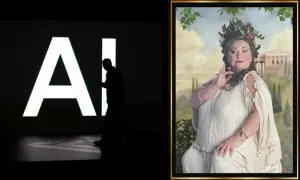





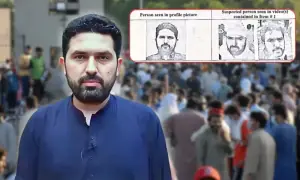
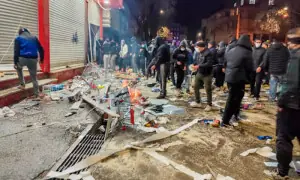

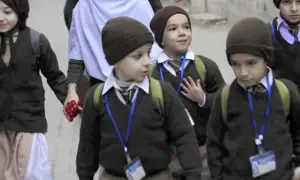


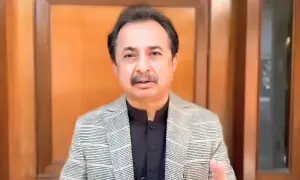
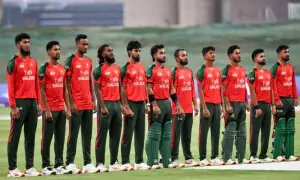
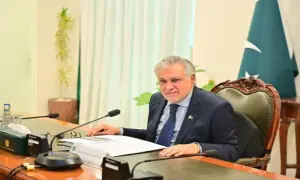
Comments are closed on this story.